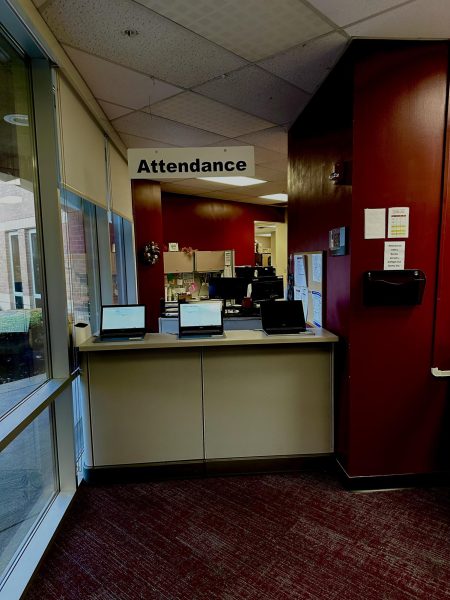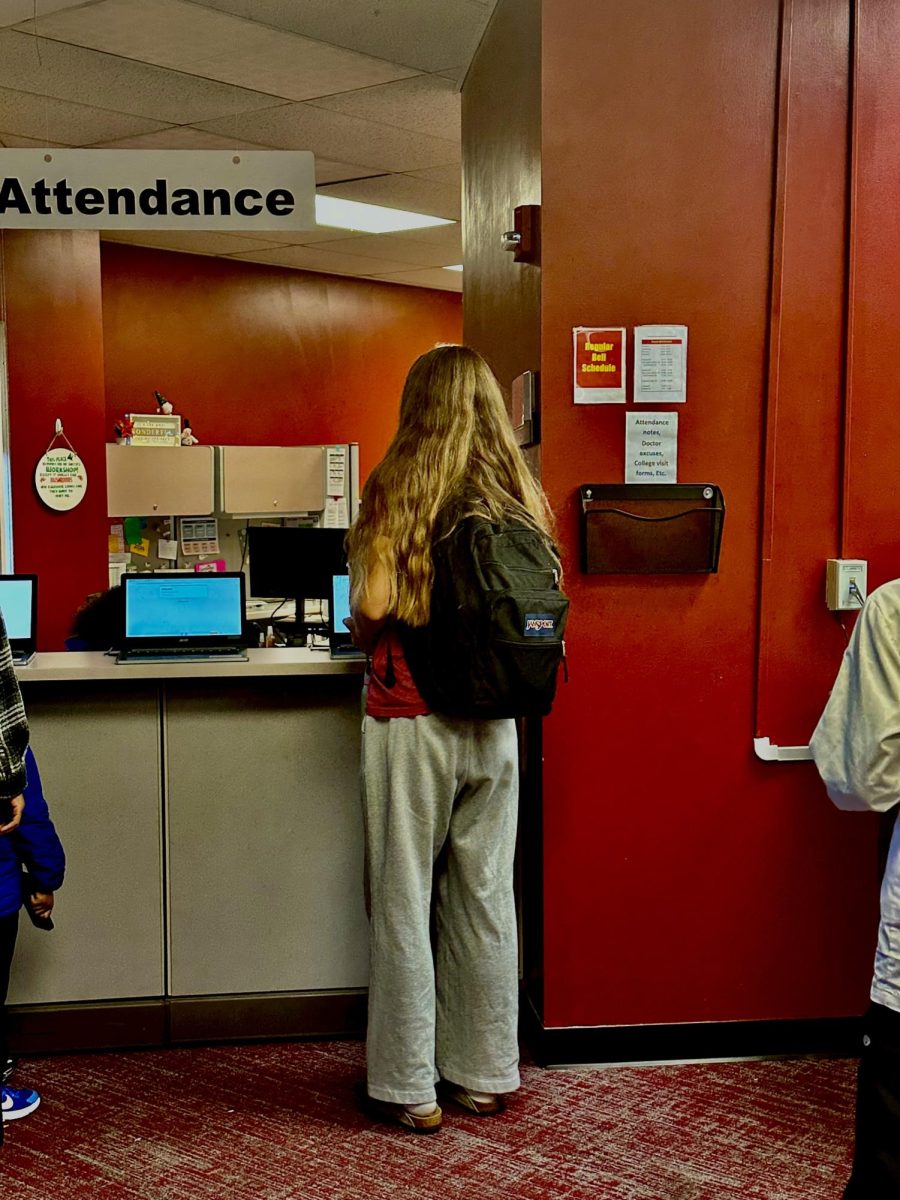Truancy at Westerville North has decreased. Shana Wade Argus, assistant principal in charge of tracking student attendance, also says that the rate of Truancy at North has dropped by 50-100 students in recent years.
Truancy is any child of compulsory school age who is absent without legitimate excuse for absence from the public school the child is supposed to attend for thirty or more consecutive hours, forty-two or more hours in one school month, or seventy-two or more hours in one school year, according to the Ohio department of education.
According to Wade Argus, “We have a truancy issue but we don’t have it as bad as maybe some of the schools in the larger urban centers because we have a different demographic of students.”
Having the correct documentation such as doctor’s notes, and parents signing you out properly would not lead to a problem with truancy.
Attendance Clerk, Jolene Carpenter says, “I do see the majority of kids have parents call them out, have parents excuse their absences and bring in their doctor notes.”
The truancy problem starts when students aren’t using the proper way to sign out and the student doesn’t have doctor’s notes when they come back to school the next day. Those improper ways of handling the school system are what lead students to unexcused absences and that’s what starts truancy in students.

When students start to miss an excessive amount of school it can lead to academic consequences for the students and also the staff.
Carpenter said, “Students will start to miss out on their work and if it’s an unexcused absence you’re not allowed to make up the work you missed and that can lead to failed tests and failed grades.”
Truancy can play an important role in why kids go to school and why they decide to show up to get their education. Some students show up only because they don’t want to have to appear in court and potentially the BMV to suspend teens’ licenses under 18, but sometimes that still isn’t enough to get students at school.
Truancy can have an impact on the staff as well. It can make it hard for the teachers when the student does come back to school, the teacher has to try to catch the student up and make sure the student feels comfortable with what is going on in the classroom.
fordhaminstitute.org states “The longer it persists, the more likely it is that teacher retention will suffer alongside student outcomes.”
Mental health is a factor in why students miss school and experience truancy within the school year. Students may be struggling with things outside of school and they don’t have the motivation to get up and come to school for 6-7 hours out of the day.
According to www.pacer.org “For some children and teens with anxiety disorders, depression, or other mental health diagnoses, the school can become so overwhelming that they may frequently struggle to get to school, stay at school, or be engaged in classroom activities.”
Students deal with other unrecognized issues that no one knows about and having to get up for 5 days a week and be at school for an extended amount of time can be difficult for some students. That can lead to students missing an excessive amount of days.
Lila Rashid (2026) says, “When your mental health is not good it’s hard to focus in school and be happy, it’s also hard to have a positive attitude and talk to others.”
Students tend to hide their problems and if they are struggling in any sort of way students usually don’t ask for the help they need or the support from the school. It’s easier for students to not show up at school and get their education because they don’t understand the material and students tend to be embarrassed by that.
Kurt Yancey, principal, “When students struggle academically they start to give up on school way too early it’s easier for them to just ignore the problem and hope it goes away without even addressing it.
Attendance area in the office for students who need to sign out or get a pass unexcused or excuse for the students who come late.



























